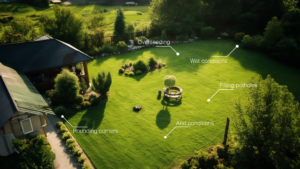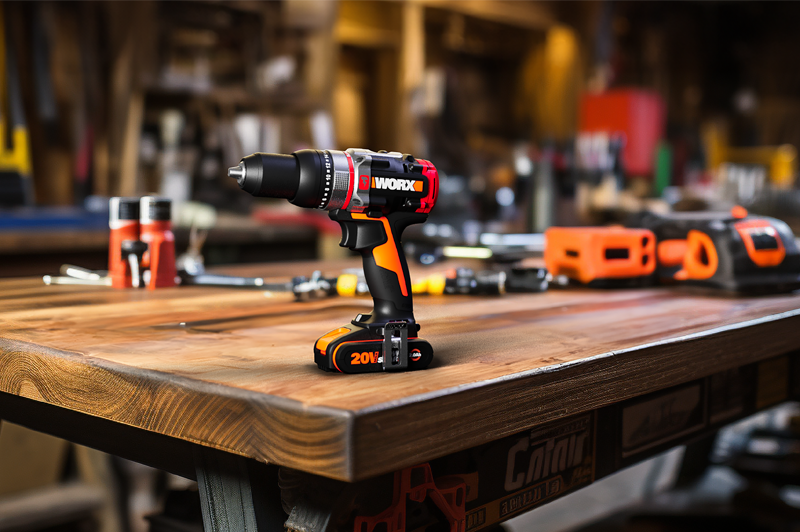
In an era where technology seamlessly integrates into every aspect of our lives, it comes as no surprise that our lawns are now benefiting from robotic assistance. Enter Landroid, which has revolutionized lawn care with its efficient and autonomous mowing capabilities. However, like any innovation, Landroid operates optimally when users are well-informed about the nuances of its operation. From rounding the corners of the boundary wire to addressing pesky potholes, these simple steps will ensure your Landroid experience leaves your lawn lush and pristine.
Mowing timing and techniques: arid conditions
Avoid using Landroid in arid conditions to prevent soil compaction and grass stress. Instead, prioritize proper lawn hydration — in summer water at least three times a week, including the edges. Adjusting Landroid’s cutting height to mow higher during the dry seasons reduces grass stress, preserving both your lawn’s health and its green appearance: a higher grass will better preserve soil humidity, ensuring it’s always hydrated and with a deeper root system.
Mowing timing and techniques: wet conditions
In wet conditions, it’s essential to wait until the soil and grass are sufficiently dry before mowing with Landroid. Cutting a damp lawn can lead to uneven results and stress for the grass. That’s why mowing early in the morning is discouraged since the grass will still be wet from dew. In case of heavy rain, the Rain delay setting is useful to know when the grass has dried, but it won’t be enough to know when the soil has dried too. When the soil has been soaking in rain it can easily be damaged by the Landoid’s wheels, compromising the turf. That’s why it’s always worth waiting for the soil to dry too before mowing after a heavy rain. Following these guidelines ensures that even in wet conditions, Landroid can maintain your lawn without causing any damage.
Rounding corners
Landroid’s boundary wire is its guiding star, but tight corners can cause unnecessary maneuvers that might affect your grass due to friction. To keep your lawn pristine, round the wire’s corners for smoother navigation. This simple step reduces friction, preserving your lawn’s beauty.
Filling potholes
Potholes or depressions can obstruct Landroid’s path, causing it to get stuck. Fill these imperfections with topsoil (and overseed the area) to ensure uninterrupted mowing. A smooth terrain not only aids Landroid’s performance but also promotes healthier, lusher grass.
Overseeding bare patches
Bare patches in your lawn can become vulnerable areas with frequent traffic. To safeguard your soil and keep your lawn lush, consider overseeding these spots. By reintroducing grass in these areas, you fortify the soil against Landroid’s movements over time. It’s a proactive step that promotes soil health and maintains a vibrant lawn.
Achieving a pristine lawn is truly effortless with a Landroid, however you should make sure to make the process as smooth as possible for our friendly robot: if the turf is well maintained and in good condition, it will not suffer from Landroid traffic.


